Ettore Bugatti abandoned his Molsheim headquarters in 1936, retreating to Paris where he had for some time kept an apartment and drawing office, following a strike in the Bugatti factory which shut down production. He had always prided himself on being Le Patron, a father figure to his employees, and the rejection brought about by the strike and being forcibly kept from entering his own factory cut him to the quick. Day-to-day management was ceded to his elder son, Jean. At the age of only twenty-six Jean already had become indispensible to Bugatti’s operation and to the design of its automobiles and other projects. His talents complemented and supplemented those of his father. Jean’s skill first was revealed in the design of dramatic, flowing coachwork which balanced the architectural severity of his father’s elegant engines and finely finished but unembellished drivetrains and suspensions. He shared his father’s mechanical gifts, contributing much detailed design and development to the Type 41 Royales, to subsequent Bugatti automobiles and most particularly to the Bugatti railcars, the project which so radically altered the direction and fortunes of Bugatti. The railcar project was a natural outgrowth of Ettore Bugatti’s questioning mind and restless spirit. By the early Thirties his automobiles were – he seems to have been convinced – perfected. Their continuing development was not the challenge their original concept, design, engineering and construction had been. Bugatti turned to other pursuits, particularly airplanes and watercraft, to exercise his considerable ingenuity. When in the early 30s the French national railway sought a series of lightweight high speed internal combustion powered self propelled passenger cars contracts were let to Michelin for rubber tired cars and to others including Bugatti. The Bugatti rail cars, known as automotrices, were powered by the 12.8 liter engines originally designed for the Type 41 Royale. Several different versions were built including both four- and two-engined designs, all of them with streamlining reminiscent of the Bugatti ‘Tanks’ raced at LeMans. As the Depression deepened the railcars kept Molsheim not only busy but actually had Bugatti adding to its work force to keep up with the delivery schedules. Hugh Conway, cited in Griffith Borgeson’s Bugatti, estimates production of automotrice engines at a total of 186 units , a huge contribution to the commercial survival of the Bugatti works in the Depression. Another effect, however, is cited by Bugatti’s confidante W.F. Bradley in his book Ettore Bugatti who noted that the added workers included “extremists who cared nothing for craftsmanship, who scoffed at the ideas of a ‘family’ in any industrial organization” contributing an element which abetted if not instigated the strike that alienated Le Patron from Molsheim. The strike was, however, but the catalyst for a change which was already well under way as Jean Bugatti’s influence expanded. In the late Twenties and early Thirties models proliferated at Bugatti, with a variant for nearly every taste, style, application and pocketbook. There was a thread of variants with shared engines both naturally aspirated and supercharged, drivetrains, suspensions, chassis and suspensions, but they were parsed in fine and subtle distinctions. Today no one knows who managed Bugatti’s inventory to maintain a balance and not create expensive piles of parts for cars that were never ordered. Production planning, tooling and fixturing even in Bugatti’s atelier of craftsmen and artisans must have been a nightmare. What is plain in retrospect is that as Le Patron progressively withdrew from day-to-day operations his son Jean seized the initiative in both management and creativity. The tragedy is that, having proved himself no less than – and perhaps more than – the worthy successor of his father, Jean Bugatti would die an untimely death at only thirty years of age while testing one of Bugatti’s Le
Ettore Bugatti abandoned his Molsheim headquarters in 1936, retreating to Paris where he had for some time kept an apartment and drawing office, following a strike in the Bugatti factory which shut down production. He had always prided himself on being Le Patron, a father figure to his employees, and the rejection brought about by the strike and being forcibly kept from entering his own factory cut him to the quick. Day-to-day management was ceded to his elder son, Jean. At the age of only twenty-six Jean already had become indispensible to Bugatti’s operation and to the design of its automobiles and other projects. His talents complemented and supplemented those of his father. Jean’s skill first was revealed in the design of dramatic, flowing coachwork which balanced the architectural severity of his father’s elegant engines and finely finished but unembellished drivetrains and suspensions. He shared his father’s mechanical gifts, contributing much detailed design and development to the Type 41 Royales, to subsequent Bugatti automobiles and most particularly to the Bugatti railcars, the project which so radically altered the direction and fortunes of Bugatti. The railcar project was a natural outgrowth of Ettore Bugatti’s questioning mind and restless spirit. By the early Thirties his automobiles were – he seems to have been convinced – perfected. Their continuing development was not the challenge their original concept, design, engineering and construction had been. Bugatti turned to other pursuits, particularly airplanes and watercraft, to exercise his considerable ingenuity. When in the early 30s the French national railway sought a series of lightweight high speed internal combustion powered self propelled passenger cars contracts were let to Michelin for rubber tired cars and to others including Bugatti. The Bugatti rail cars, known as automotrices, were powered by the 12.8 liter engines originally designed for the Type 41 Royale. Several different versions were built including both four- and two-engined designs, all of them with streamlining reminiscent of the Bugatti ‘Tanks’ raced at LeMans. As the Depression deepened the railcars kept Molsheim not only busy but actually had Bugatti adding to its work force to keep up with the delivery schedules. Hugh Conway, cited in Griffith Borgeson’s Bugatti, estimates production of automotrice engines at a total of 186 units , a huge contribution to the commercial survival of the Bugatti works in the Depression. Another effect, however, is cited by Bugatti’s confidante W.F. Bradley in his book Ettore Bugatti who noted that the added workers included “extremists who cared nothing for craftsmanship, who scoffed at the ideas of a ‘family’ in any industrial organization” contributing an element which abetted if not instigated the strike that alienated Le Patron from Molsheim. The strike was, however, but the catalyst for a change which was already well under way as Jean Bugatti’s influence expanded. In the late Twenties and early Thirties models proliferated at Bugatti, with a variant for nearly every taste, style, application and pocketbook. There was a thread of variants with shared engines both naturally aspirated and supercharged, drivetrains, suspensions, chassis and suspensions, but they were parsed in fine and subtle distinctions. Today no one knows who managed Bugatti’s inventory to maintain a balance and not create expensive piles of parts for cars that were never ordered. Production planning, tooling and fixturing even in Bugatti’s atelier of craftsmen and artisans must have been a nightmare. What is plain in retrospect is that as Le Patron progressively withdrew from day-to-day operations his son Jean seized the initiative in both management and creativity. The tragedy is that, having proved himself no less than – and perhaps more than – the worthy successor of his father, Jean Bugatti would die an untimely death at only thirty years of age while testing one of Bugatti’s Le
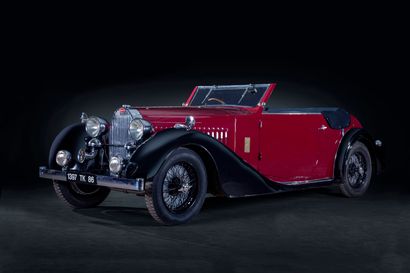

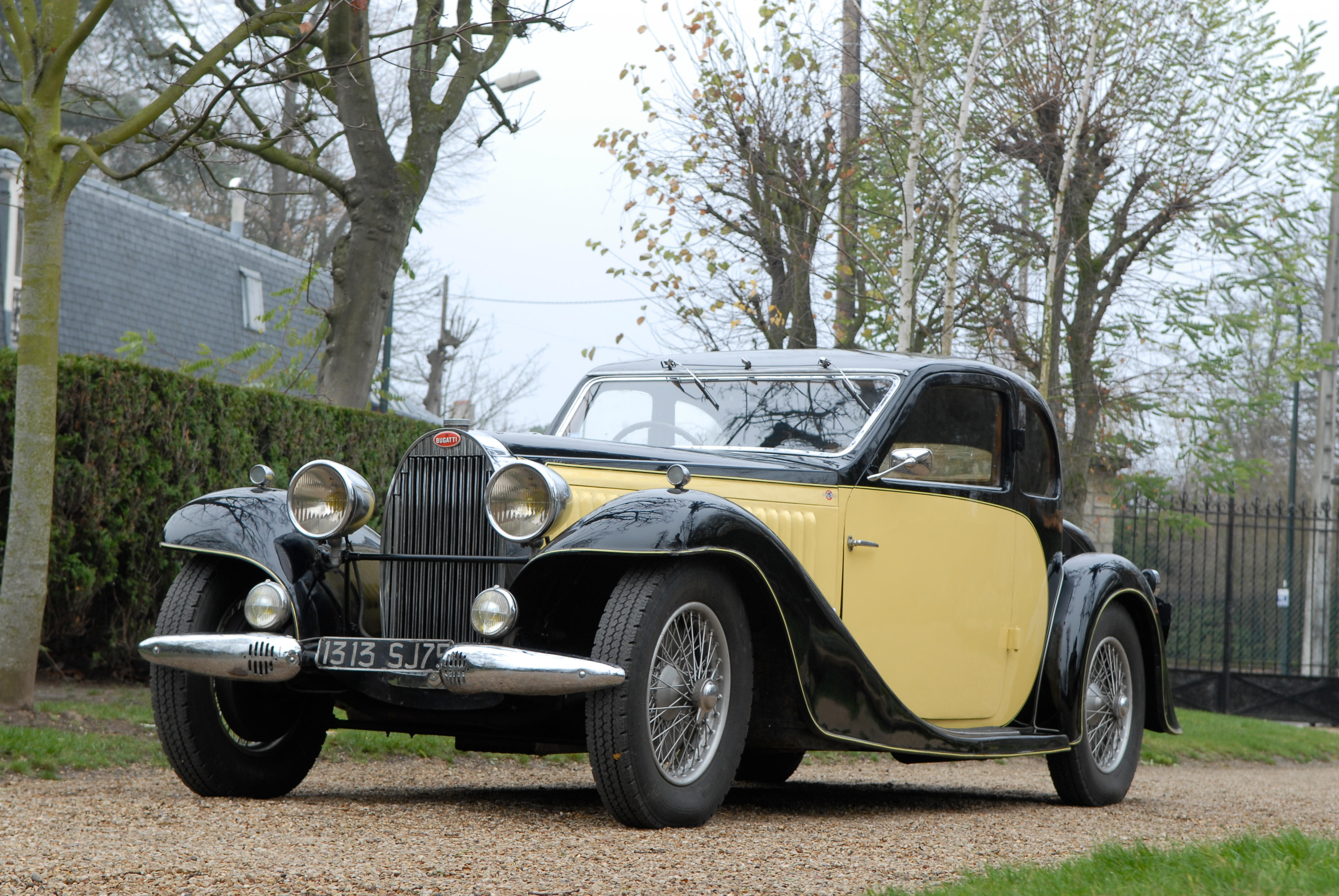
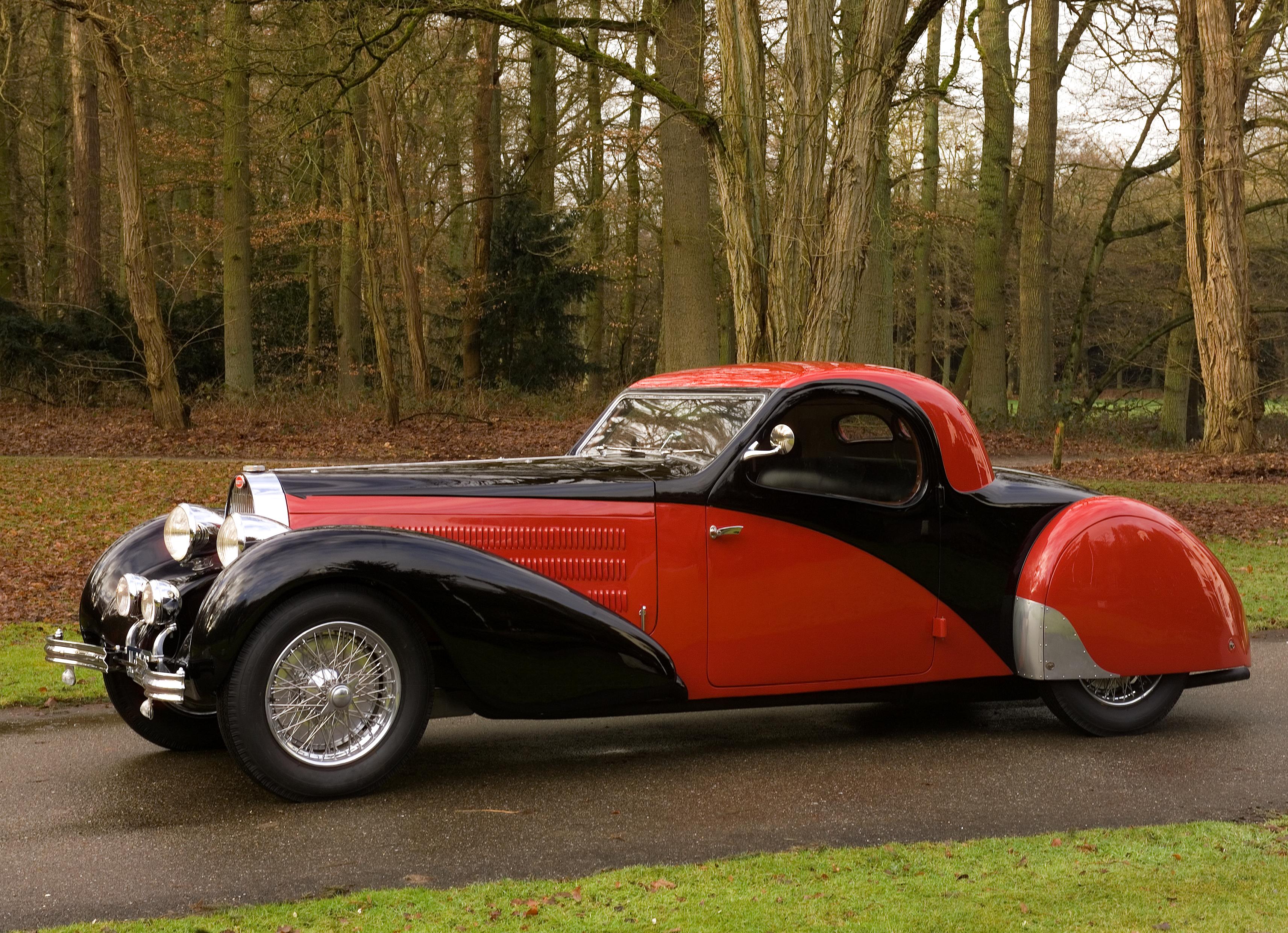
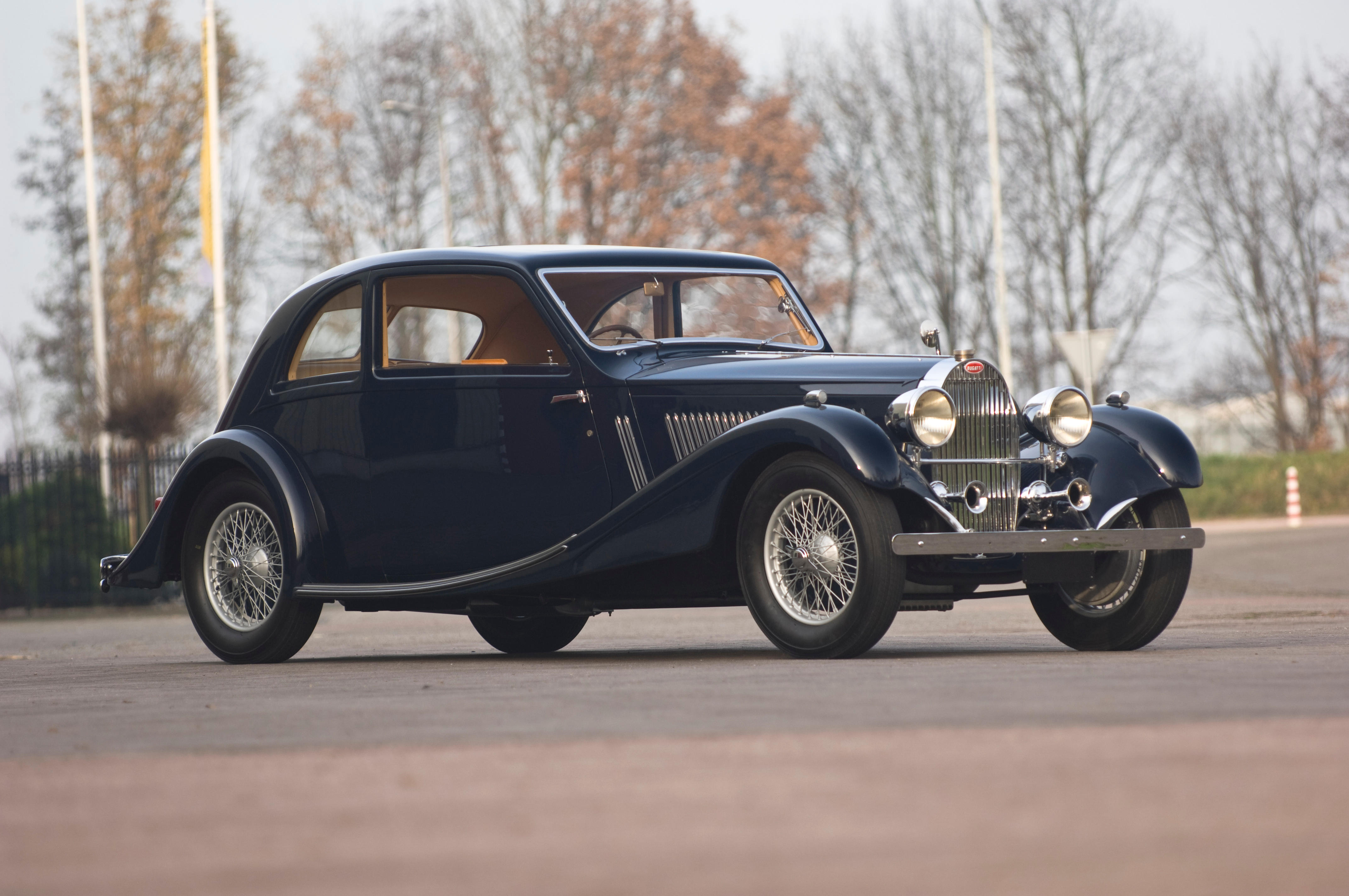


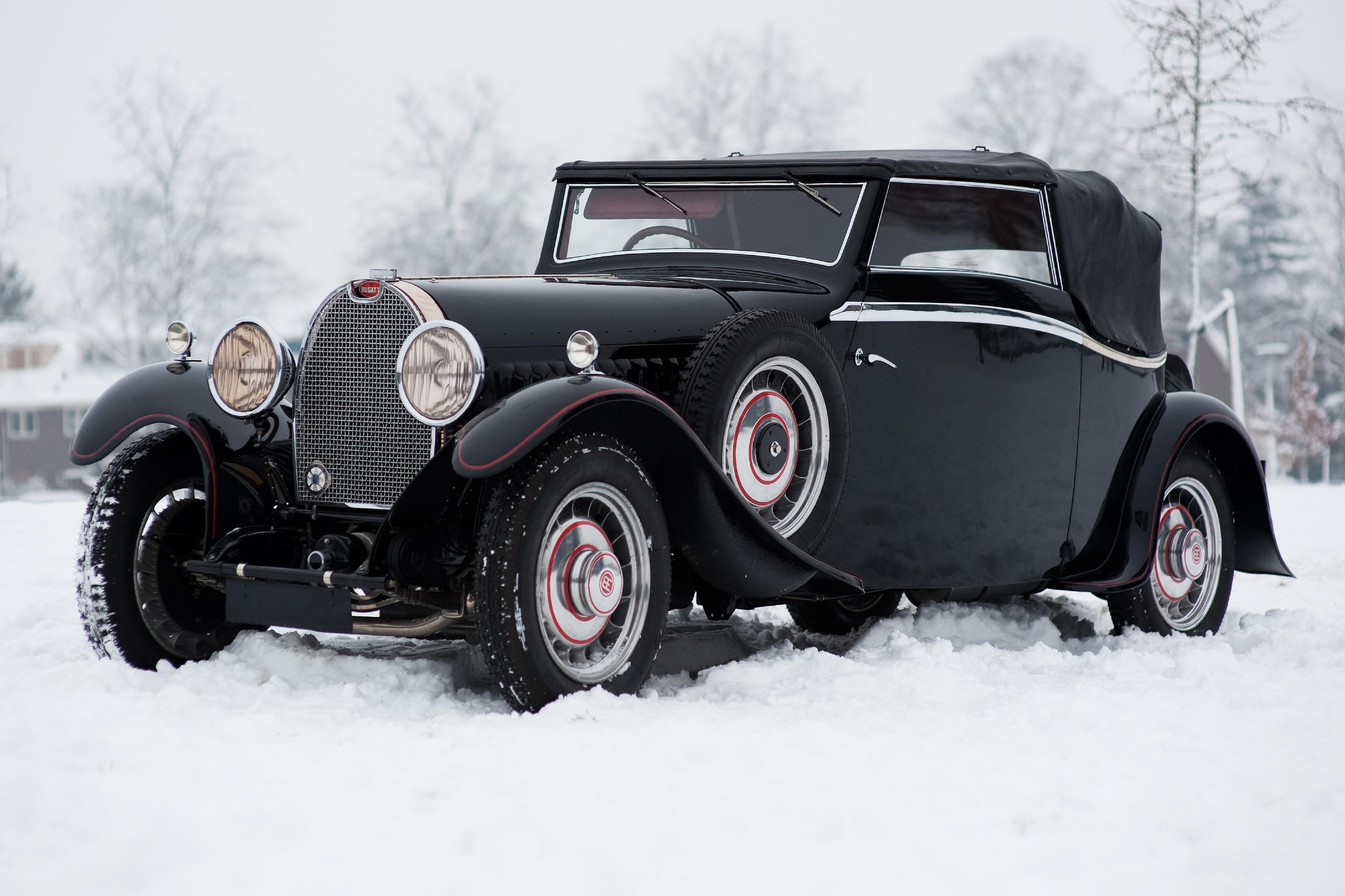




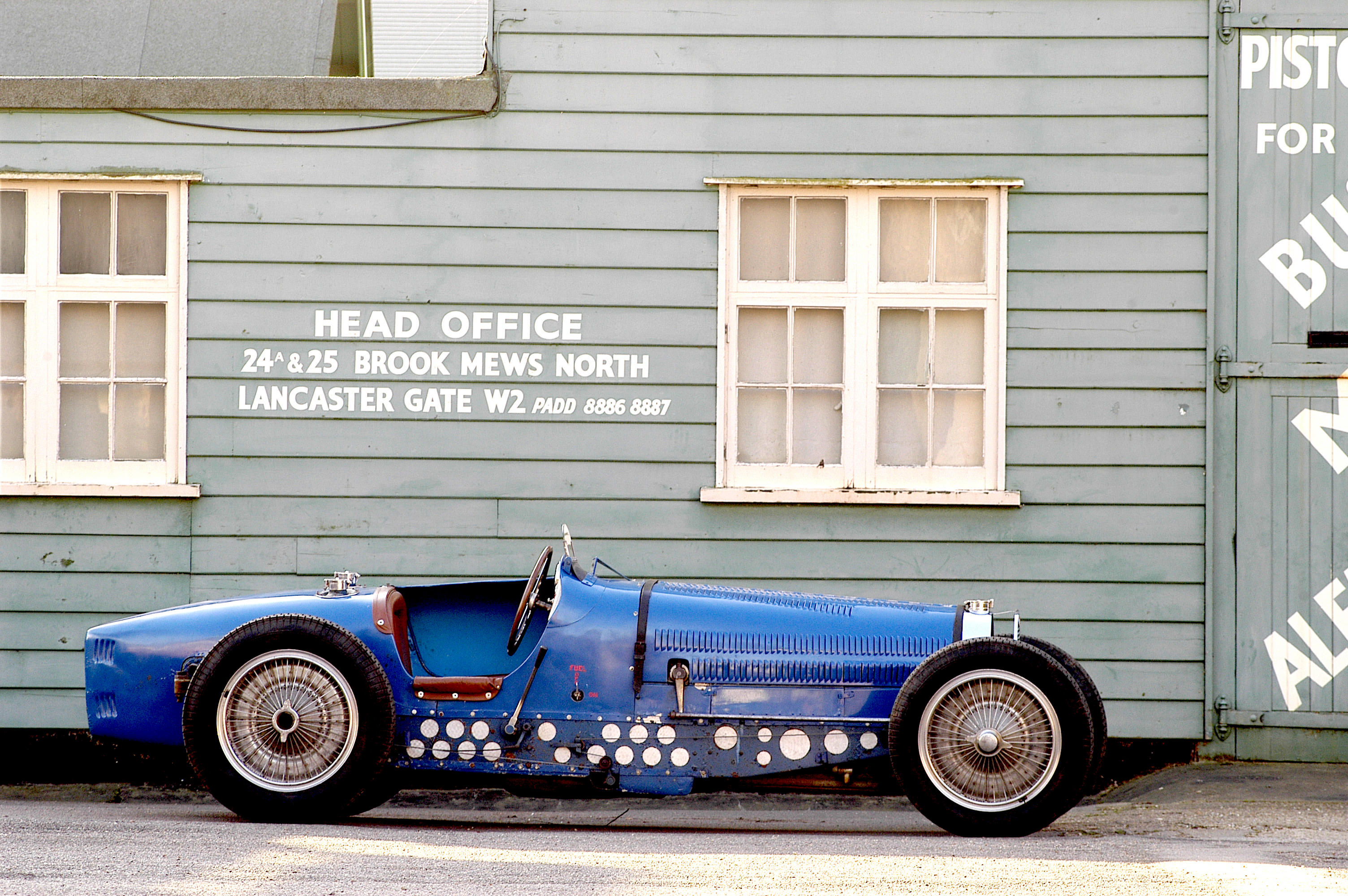


Try LotSearch and its premium features for 7 days - without any costs!
Be notified automatically about new items in upcoming auctions.
Create an alert